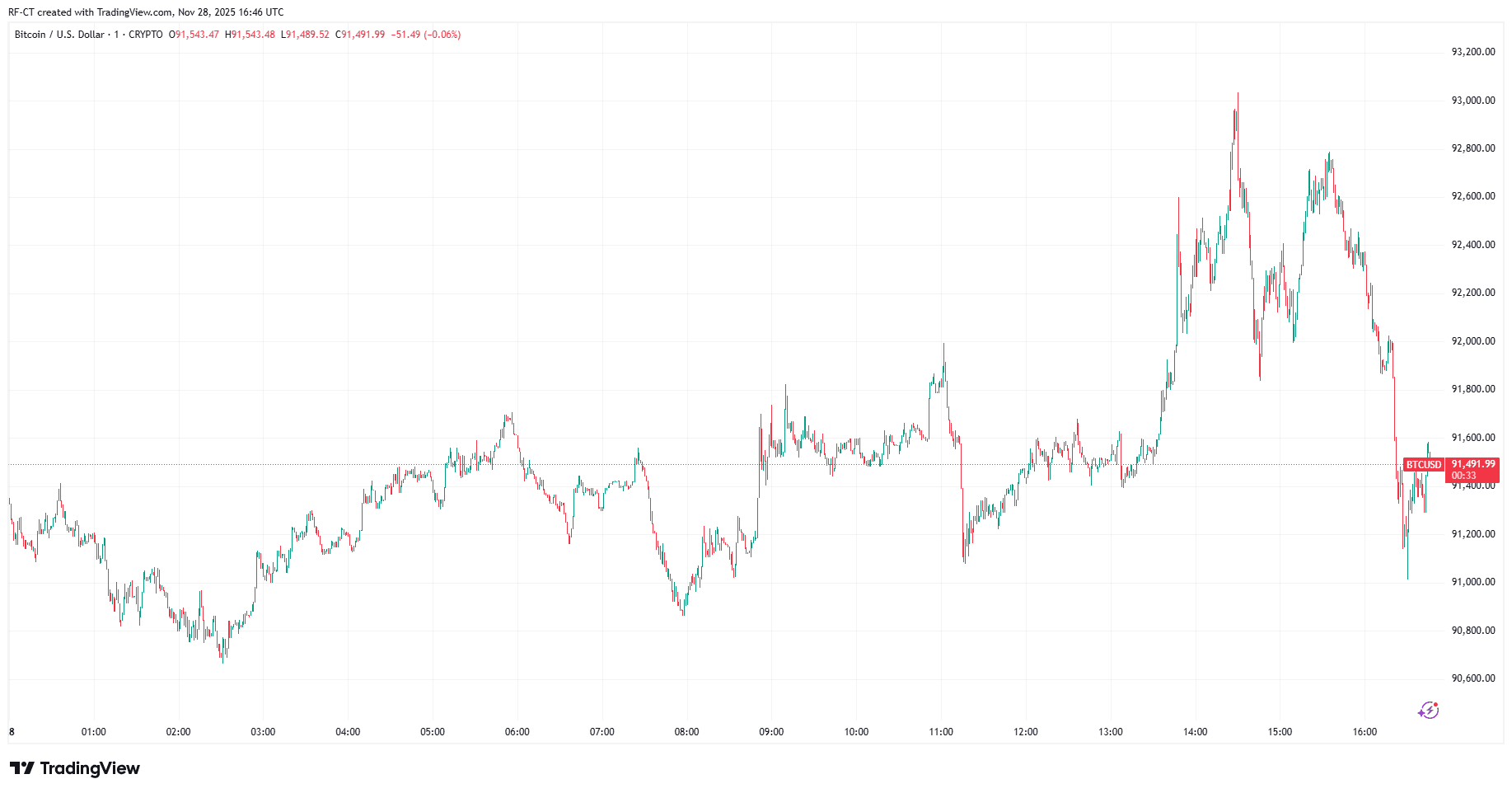Blockchain Faces a Quantum Countdown: Will Networks Adapt in Time?
- Major layer-1 blockchains prioritize quantum-resistant upgrades as NIST finalizes post-quantum (PQ) standards, addressing long-term risks from quantum computing advancements. - Networks like Algorand deploy lattice-based signatures (e.g., FALCON), while Cardano and Ethereum test hybrid solutions to protect ECDSA-based infrastructure from future quantum decryption threats. - Migration challenges include larger key sizes, complex key management, and incentivizing users to rekey dormant accounts, complicati
Quantum Security: A Growing Priority for Layer-1 Blockchains
As quantum computing technology advances, leading layer-1 blockchain projects are increasingly prioritizing quantum security. Developers and governance bodies are now actively addressing the long-term risks that quantum computers could pose to current cryptographic systems. Although practical quantum attacks remain a distant threat, the mere possibility has shifted post-quantum (PQ) cryptography from theoretical debate to real-world engineering. The National Institute of Standards and Technology (NIST) has established PQ standards, and with regulatory deadlines stretching into the next decade, blockchain networks are compelled to confront this gradual yet significant risk that could threaten years of infrastructure development.
Vulnerabilities in Current Cryptography
The main concern centers on elliptic-curve digital signature algorithms, such as ECDSA and Ed25519, which are foundational to most public blockchains. With enough quantum computing power, Shor's algorithm could potentially derive private keys from public keys, opening the door to unauthorized transactions. This risk is heightened by the "harvest now, decrypt later" approach, where attackers collect encrypted blockchain data today, intending to break it once quantum capabilities mature. For permanent ledgers like Bitcoin and Ethereum, this presents a unique governance challenge: even inactive wallets and legacy contracts could be at risk once quantum computers become viable.
Proactive Post-Quantum Solutions
To avoid disruptive, last-minute changes, layer-1 blockchain teams are now embedding PQ cryptography into their development plans. Algorand stands out with its production-ready solutions, including State Proofs secured by NIST-endorsed lattice-based FALCON signatures and experimental PQ transactions on its mainnet. Cardano is taking a research-driven path, utilizing Mithril certificates and FIPS-compliant signatures to enhance quantum resistance within its Ed25519-based system. Meanwhile, Ethereum's community is investigating hybrid transaction models and zero-knowledge solutions to facilitate a smoother transition. Sui and Solana are experimenting with modular updates to sidestep hard forks, and Solana has already introduced optional quantum-resistant vaults using hash-based one-time signatures to safeguard high-value assets.
Challenges in Adopting PQ Cryptography
Transitioning to PQ cryptography brings its own set of difficulties. Lattice-based algorithms like Dilithium and Falcon, while efficient, generate larger keys and signatures compared to elliptic-curve methods, leading to increased block sizes and higher bandwidth requirements. Hash-based approaches such as SPHINCS+ provide strong security but involve intricate key management due to their single-use nature. These changes impact consensus protocols, validator operations, and user experience, especially for lightweight clients and hardware wallets. Additionally, motivating users to update dormant accounts—many of which may be inaccessible—underscores the complex blend of technical and governance challenges involved.
The Road Ahead: Quantum Readiness as a Competitive Edge
For both investors and developers, preparedness for quantum threats is becoming a key factor in evaluating blockchain projects. Protocols that have clear PQ strategies, live features like hybrid signatures, and adaptable cryptographic frameworks are better equipped to meet future standards. As NIST moves toward its 2030 migration objectives, the ability to evolve without sacrificing security or usability will shape the next generation of blockchain technology. Although the quantum threat is not yet imminent, networks that invest in forward-thinking upgrades today are positioning themselves to remain relevant in a future where "Y2Q" could be as transformative as the Y2K challenge once was.
Disclaimer: The content of this article solely reflects the author's opinion and does not represent the platform in any capacity. This article is not intended to serve as a reference for making investment decisions.
You may also like
Do Kwon Asks Court for 5-Year Prison Cap in Terra Fraud Case
BTC Black Friday: Bitcoin Pumps to $93,000 Before Sharp Pullback

Harmonizing Progress, Earnings, and Environmental Responsibility: Redefining the Modern Corporate Sustainability Formula
- Global corporations are embedding sustainability into operations to meet environmental goals, driven by regulations and investor demands. - HP Inc. and Tesla highlight AI integration and EV cost savings as strategies to balance profitability with carbon reduction. - Energy firms like Eco Wave Power and Core Scientific are advancing renewables and energy-efficient infrastructure amid decarbonization trends. - Challenges persist, including economic pressures and regulatory hurdles, but innovations in finan

Bitcoin Updates: Derivatives Market Confidence Faces Off Against ETF Outflows—Will Bitcoin Reach New All-Time Highs?
- Bitcoin surged to $126,296 in October 2025 via ETF inflows but retreated to $80k amid waning institutional demand and higher rates. - Derivatives activity shows 40x YTD open interest growth, with traders betting on a $120k rebound if $83.5k support holds. - Technical indicators remain mixed: price below 50-day MA and thin order books risk further volatility, but OTC accumulation persists. - Fed policy and ETF flows will determine Bitcoin's path—stabilization near $83.5k or a test of 2025 highs—amid signi
